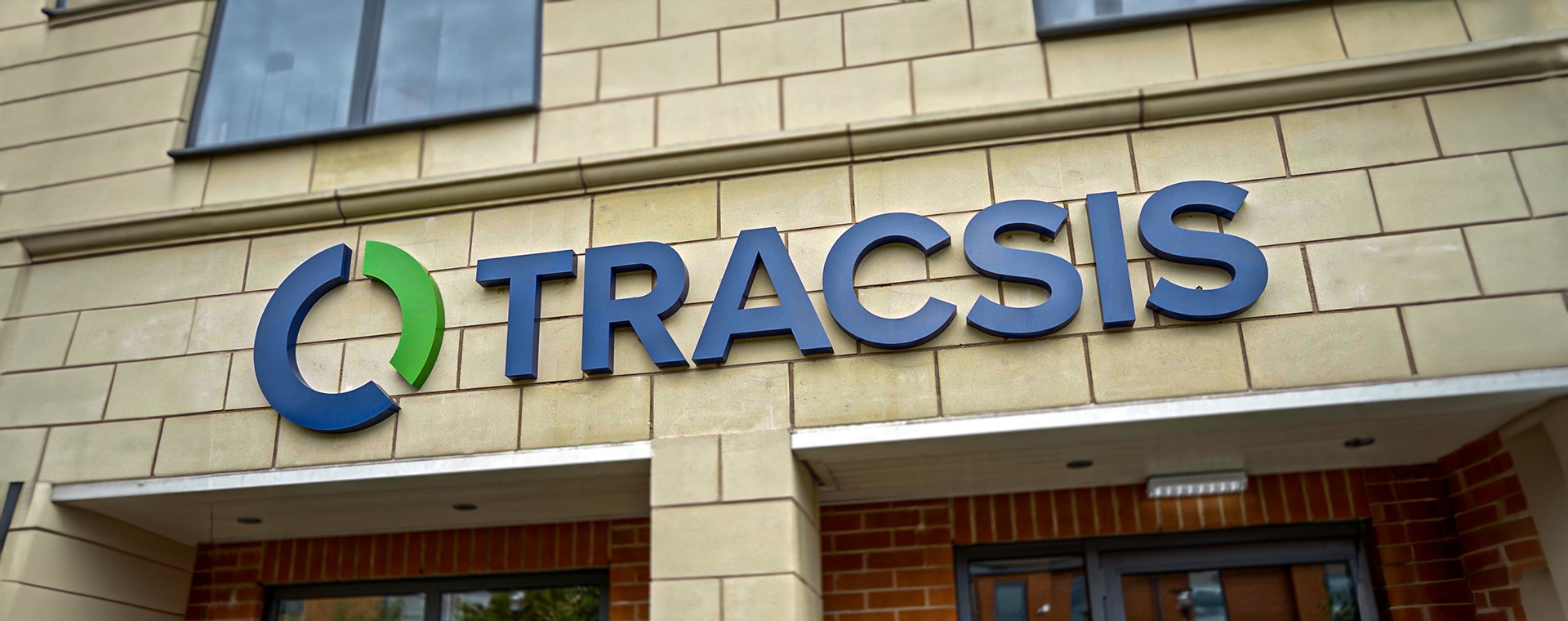The Tracsis Rail Consultancy recently held its first rail industry webinar, hosted by our Principal Consultant, Max Bladon and Managing Consultant, Alastair Morrison. The webinar proved to be extremely popular and well-received by the rail freight community.
The webinar was a discussion forum, where freight industry players came together to discuss the pertinent issues and priorities for the UK rail freight industry, both during and post the COVID-19 pandemic.

We were also delighted that Maggie Simpson, Director General of the Rail Freight Group and Geoff Bounds, rail freight expert at Geoff Bounds Consulting Ltd were able to join the webinar as guest speakers, helping to provoke some serious debate amongst the participants.
Prior to the event, we asked participants the following question to help steer the debate:
What do you consider to be the most important challenge/opportunity to the rail freight sector in the coming months ahead?
The State of the Economy
Types of Traffic and Goods
Network capacity (pathing, performance, infrastructure, etc)
Staffing and resourcing

We revealed on the webinar that The State of the Economy was the most important area of concern, followed closely by Network Capacity.
Max Bladon introduced the inaugural Tracsis webinar with a brief overview of the industry and the economy, highlighting that no one really knows what the future for rail freight will look like post the lockdown as there are too many variables to even speculate. We do not know how the economy will be affected in terms of consumer spending. Also, we do not know what commodities will be in demand. And then there is the B-word; Brexit? What we do know is that the rail freight sector is resilient and will continue to be reactive.
Maggie Simpson went on to illustrate the opportunities the current situation presents. Maggie highlighted several positives including the number of domestic intermodal services has remained high. We have operated longer trains, such as the Tesco trains, to meet demand for food. Interestingly these trains have been able to maintain point-to-point timings estimated for shorter and lighter services. Another positive is the continued development of freight terminals; Four Ashes between Wolverhampton & Stafford recently had an application for a development consent order (DCO) granted. HS2 getting Government approval is also good for rail freight as it could mean aggregates and construction material being delivered by rail. HS2 should provide capacity on the West Coast Main Line for additional freight trains and there may be an opportunity for high-speed freight to operate on HS2?
Maggie also referenced de-carbonisation and the need to embrace new technology and innovation, for instance, battery and hybrid technology being devised for locomotives. She also discussed the need to re-activate the electrification programme and referenced a recent article by Andrew Haines, Network Rail Chief Executive, who called for more routes to be electrified. Maggie was confident that as the lockdown eases there will be a greater role for the rail freight sector; the automotive and construction industries, for example. Maggie also welcomed the proposed initiatives for high-speed parcels services.
Geoff Bounds focused his presentation on network opportunities and challenges for rail freight post lockdown. He discussed the need for terminal to terminal modelling. Generally, the timetable process overlooks the need for planning the operation on freight terminals. An efficient loading / unloading operation enables a right-time departure, which gives the train the perfect preparation to arrive at the destination on time. Geoff also made the point that we may now have an opportunity to review how timetables are planned in the future. Much of the structure and processes we have today were introduced at the time of rail privatisation in the mid-90s and have not been reviewed since. Is there an opportunity to reassess how we develop timetables? The industry has moved on. We are implementing better use of technology and innovation, for instance, we can time a train to the second, so why are we still using traditional timetable methods?
Tracsis concluded this webinar was a success. There were lots of delegates representing many parts of the rail freight sector, from operators, to infrastructure owners, customers, terminal operators and port companies. There was a healthy discussion with lots of valid points raised by the panel and delegates.
In summing up the webinar Max Bladon stated that Tracsis are able to model, review and assess the end-to-end freight operation, i.e. the whole freight ‘conveyor belt’ from terminal to terminal including the terminal operation, the main line (pathing and capacity) and resourcing (traincrew and rolling stock) elements. Max said Tracsis wants to work closely with the rail freight sector to tailor and develop operational planning, simulation and performance systems.#

Now it is more important than ever to maintain the momentum and impetus the rail freight sector offers. As an industry we should all be more aware of the crucial part played by the rail freight sector and its role in the logistics supply chain and we look forward to seeing more tons carried by rail as a result of a modal shift from other forms of transport to rail.
Please click the link below to see the slides from the webinar:
The Future of Rail Freight Slides
Please contact us at info@tracsis.com if you need assistance with any of your rail freight operations or performance issues or would like to speak with a rail consultant directly.
